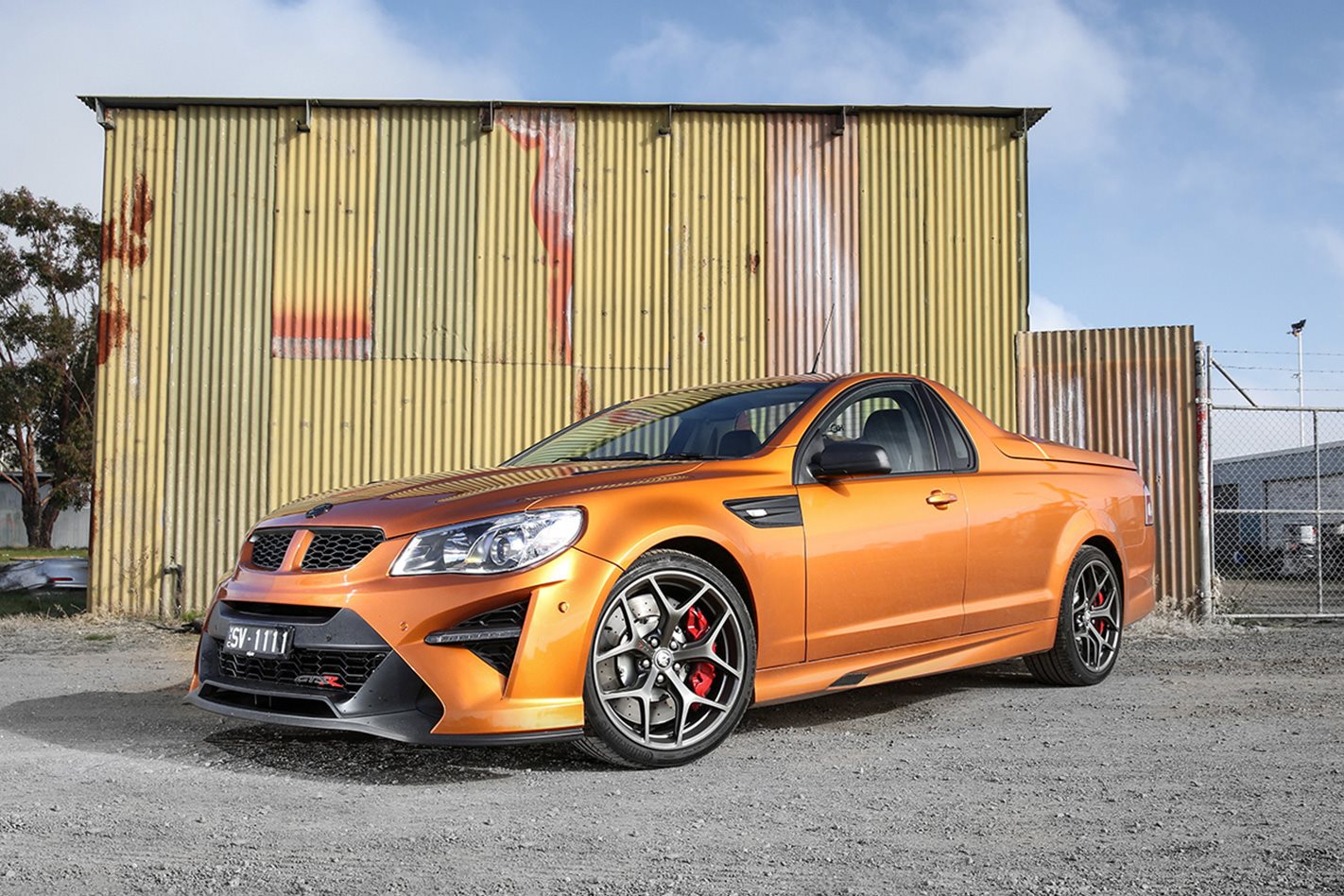A botched acceleration run is usually a cause for frustration rather than celebration and the first attempt in the HSV GTSR Maloo is a stinker.
It leaves the line reasonably well but a late upshift has the 6.2-litre supercharged V8 clattering into the rev limiter in its automatic’s first gear, precious tenths being wasted in the process. So why the optimism?
Despite the mistake, the Driftbox flashes up 0-100km/h in 4.6sec and a 12.6sec quarter mile, not a million miles away from the best numbers we’ve extracted from LSA-powered HSVs. The second run is clean, the Maloo putting the majority of its 435kW/740Nm to the ground quickly and efficiently.
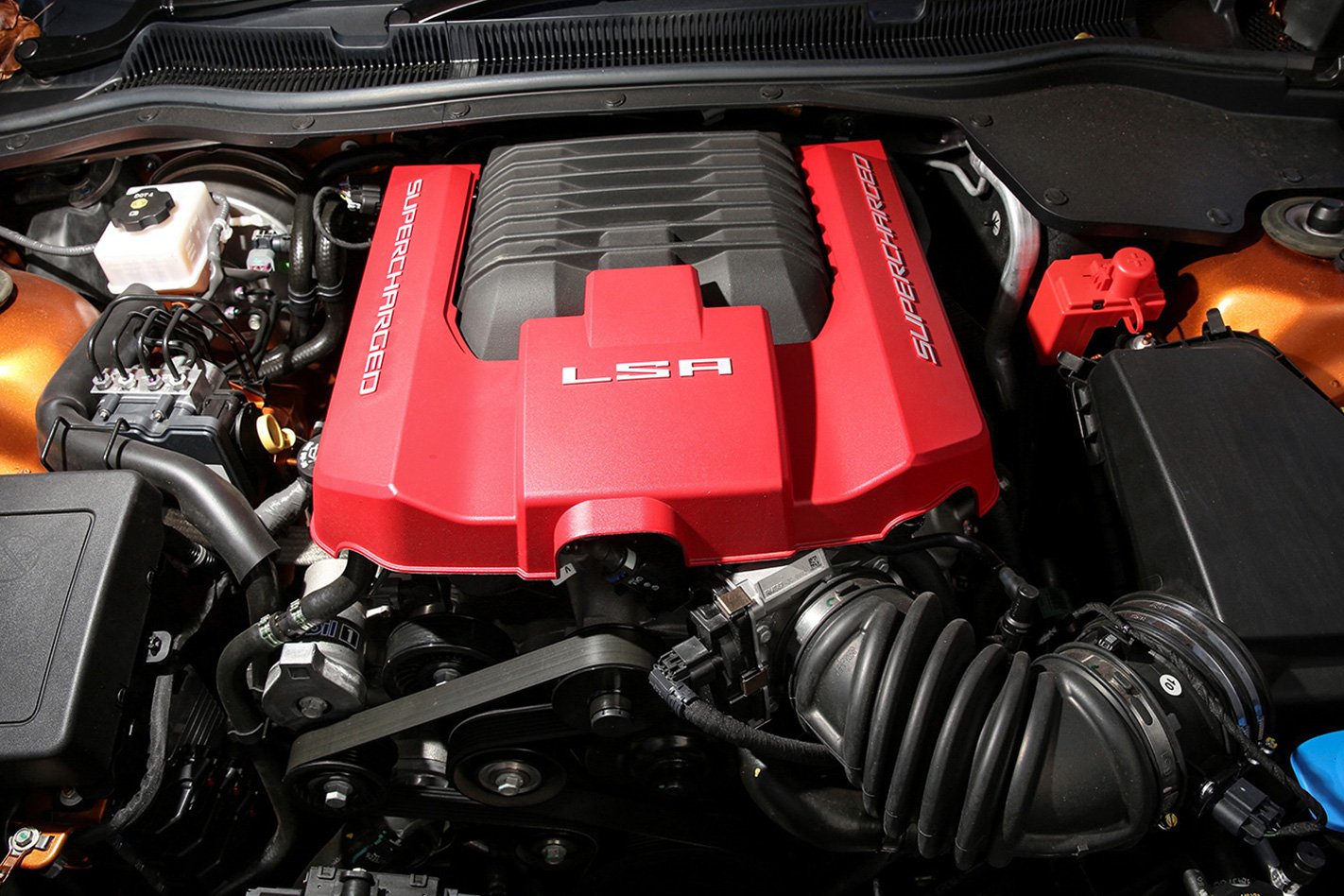
As any drag racer knows getting off the line cleanly is key – you’ll know in the first 20 metres whether it’s going to be quick or not – so a hint of wheelspin on the third run lets a tenth disappear. One more try, as with each burnout the rear Continentals are getting that little bit more worn and each run is nudging pressures up.
Stall the engine against the brakes slightly – any more than about 1500rpm results in wheelspin – and feed the throttle in as quickly as possible. The rear tyres hook up and from there it’s simply a matter of timing each upshift correctly – not as easy as it sounds thanks to the lack of a redline on the tachometer.
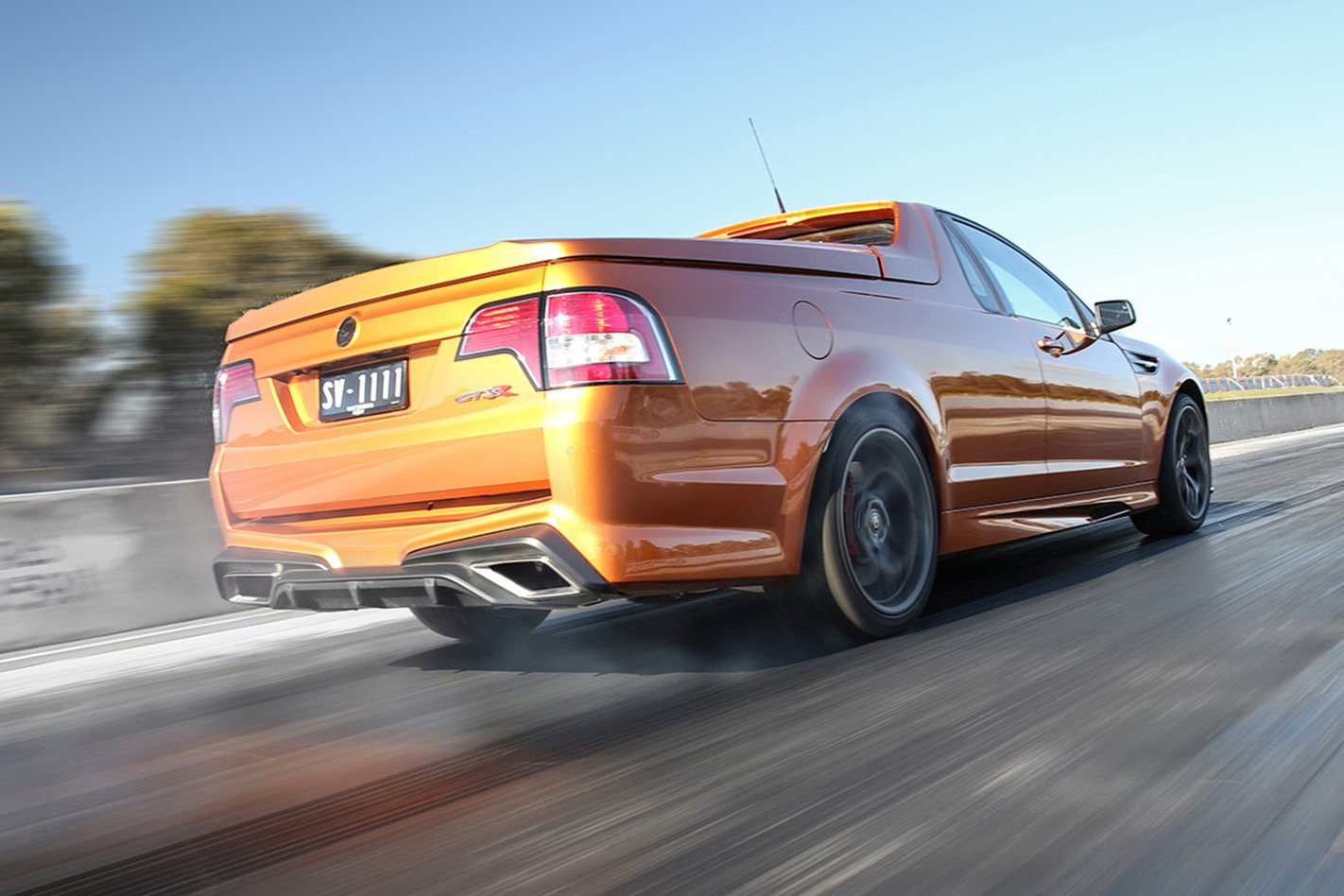
For many, this pace, in addition to the GTSR Maloo’s collectability as the last of its kind, will be enough to justify the purchasing decision. The good news is there’s more to the GTSR package, with one seemingly insignificant modification having a surprisingly large effect on the driving experience.
This is significant as the last time HSV went down this road, with the GTS Maloo of 2014, it missed the mark. On paper, the GTS Maloo merely packed the sedan’s well-proven mechanical package – bar the Magnetic Ride Control adaptive dampers, which aren’t compatible with the ute’s long-wheelbase platform – into a two-door trayback bodyshell, however, something went missing in translation.

A conversation with Trevor Barallon, HSV’s Engineering Program Manager, following ourtest drive explains why the GTSR is more than the sum of its parts. “The offset’s different on the front wheels,” explains Barallon.
“We’ve got a wider track by 6mm so we’ve reduced the offset from 36 to 33mm on the front wheels and we’ve gone to a wider rim – same tyre, wider rim.” While the GTSR Maloo continues with Continental ContiSportContact 5Ps measuring 255/35 ZR20 front and 275/35 ZR20 rear, wheel widths are now a half-inch wider at both ends (20 x 9.0-inch front; 20 x 10.0-inch rear).

The chassis engineers tried a number of different offsets and I’m told there’s this optimal spot where you’ll get the feeling of completely linear steering response; the wheels we had on before, without the change in offset, had almost a bit of a dead feel and then it’s linear.
”At a stroke HSV has eradicated one of the few criticisms we’ve had with its recent range, the slight dead spot in the first few degrees of steering lock. In contrast, the GTSR Maloo offers response and communication from the moment the wheel is nudged off-centre, making it easier to read grip levels at the front end.
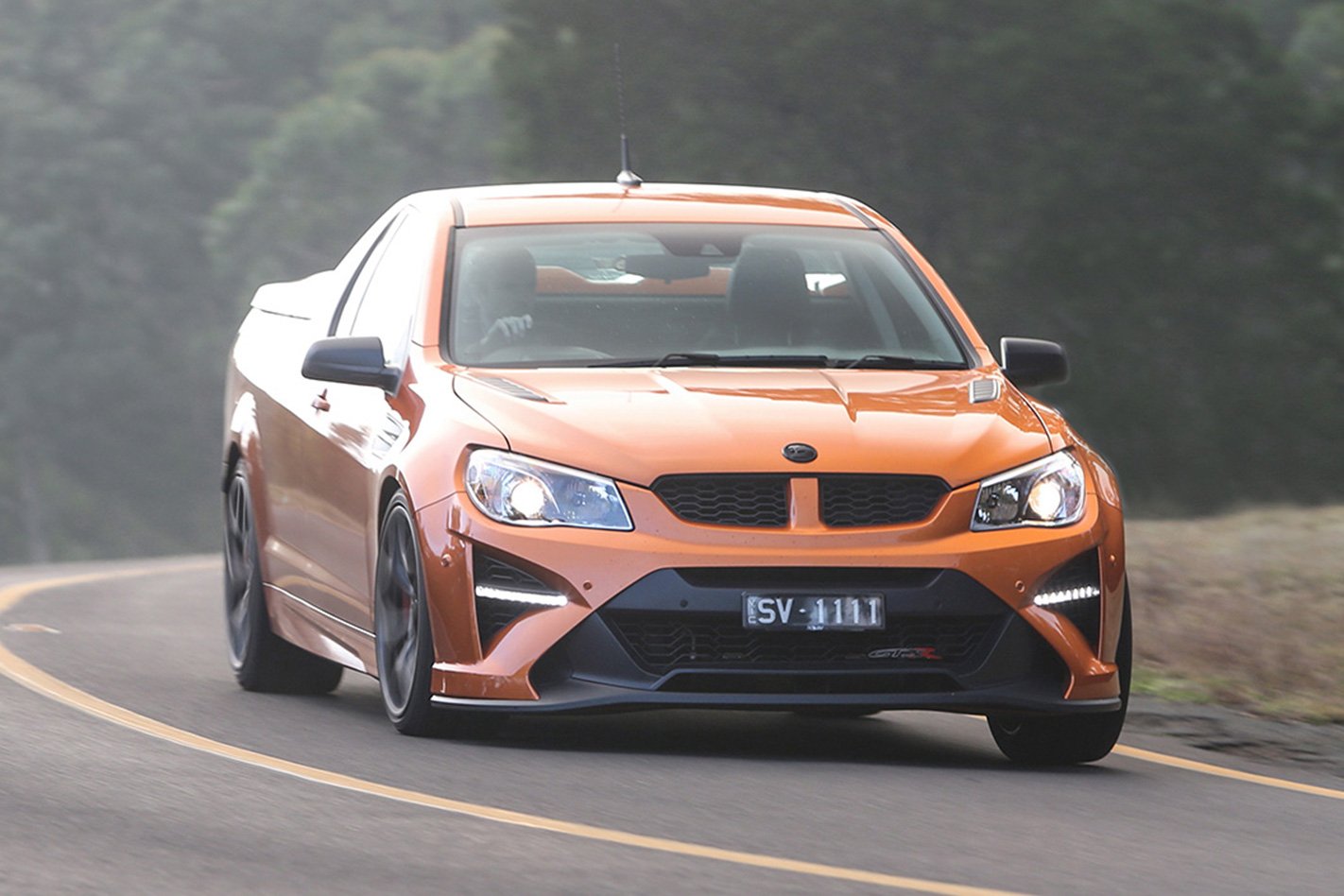
As ever, the Continentals disappear at an alarming rate in the dry, but offer staggering grip in the wet, while the driver has the choice of letting HSV’s brilliantly calibrated ESP system mop up their excesses or forgoing the electronics and choosing your oversteer angle with your right foot.
Such antics should be kept to the track, of course, yet the GTSR Maloo is even more at home in such a taxing environment thanks to its monster new front stoppers. The GTS already has some of the best brakes around, however, the GTSR sheds speed even more effectively thanks to new 410mm front rotors, which fit beneath the 20-inch rims thanks to a new Monobloc six-piston caliper design.
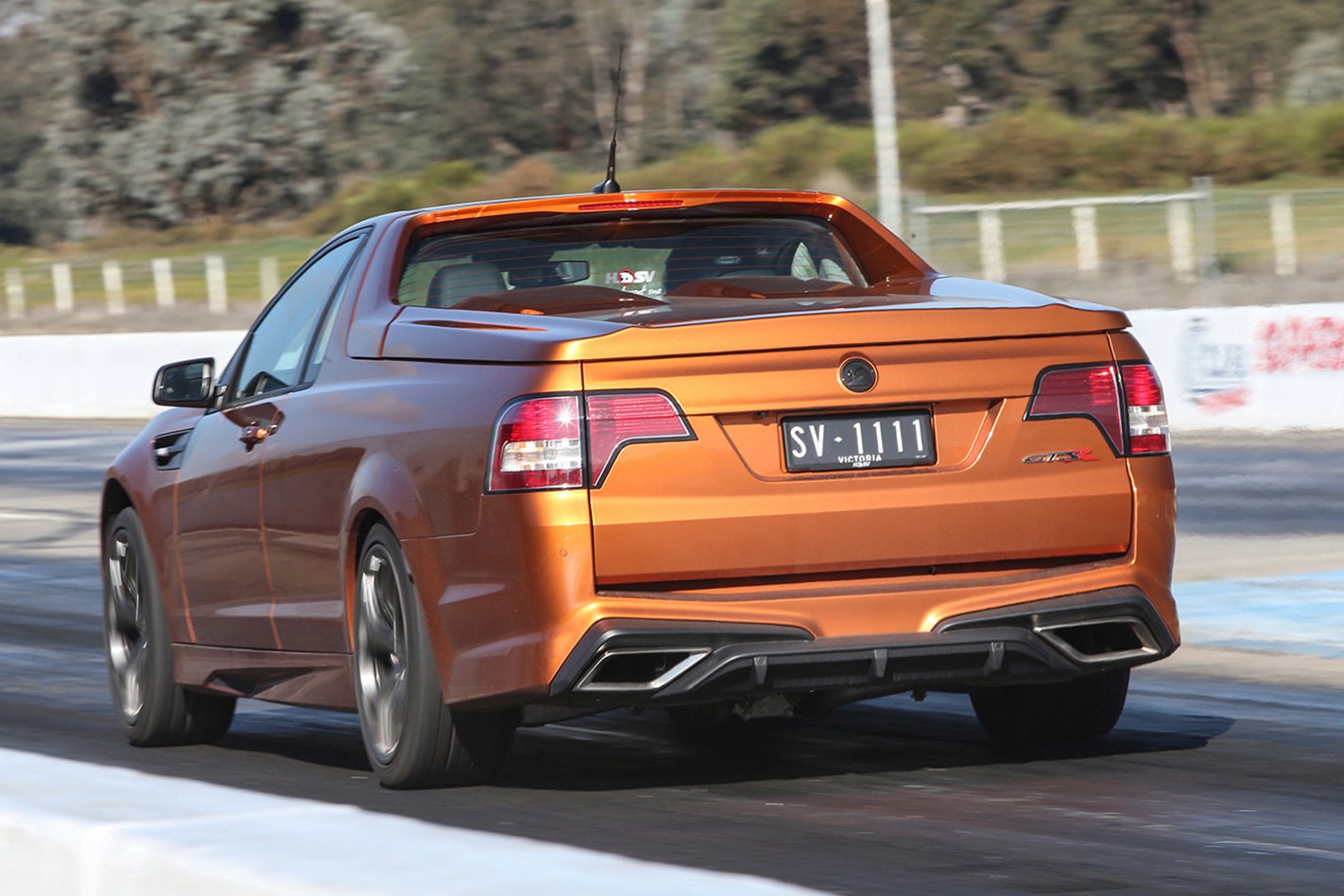
Before driving the GTSR it was easy to dismiss the new face and 5kW over the GTS as merely something to write about in the brochure, but HSV should be commended for continuing to refine what was already an excellent package. It even feels to ride better than a Maloo R8 LSA, though HSV claims the suspension settings are identical.
While the differences might be subtle, they are worthwhile, which is just as well given the GTSR Maloo starts at $96,990, or $99,490 when equipped with the six-speed automatic.
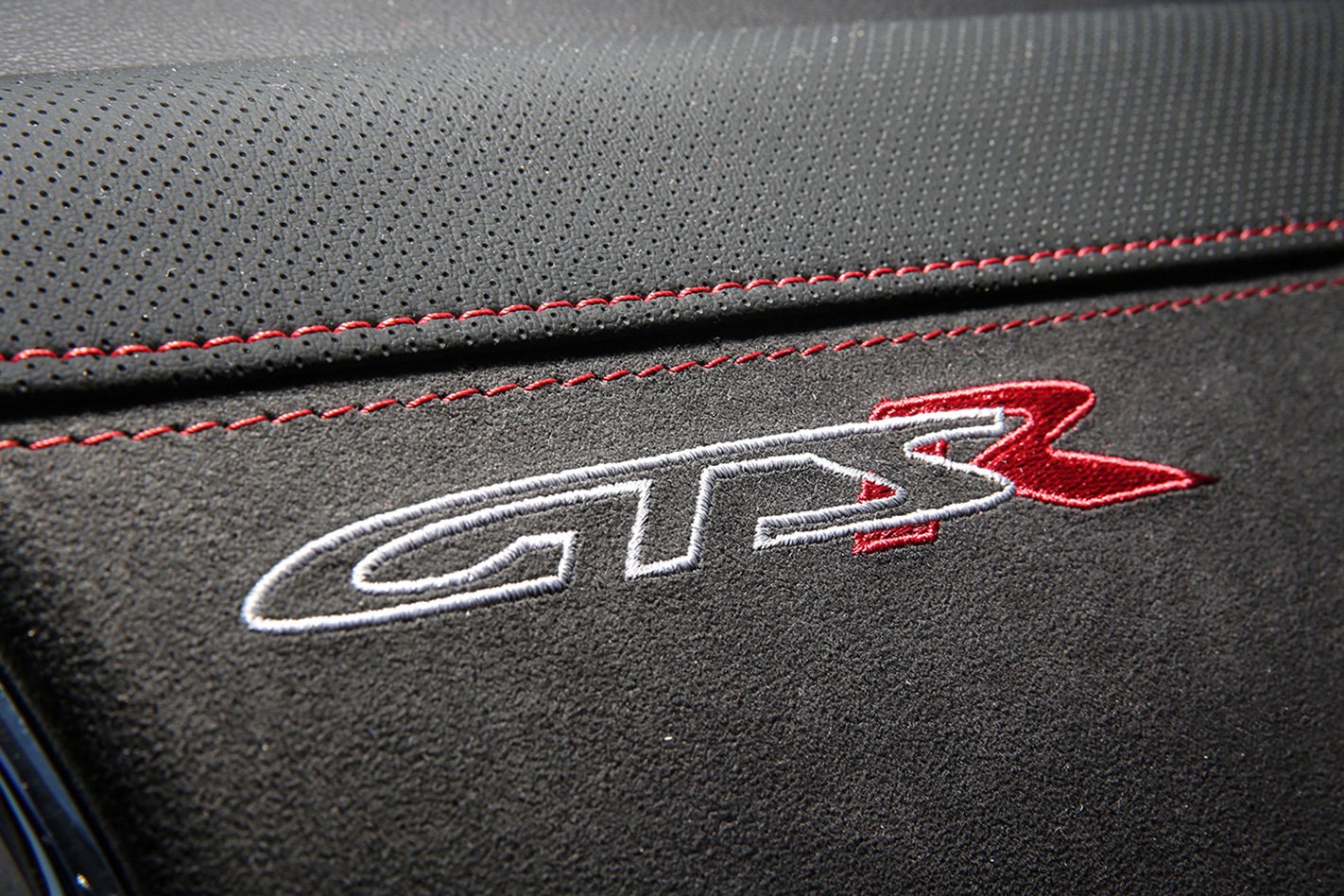
Unfortunately, we must finish as we started, with celebration mixed with frustration. As with the Holden products on which they’re based, HSV’s offerings have never been better, which makes it all more the galling that by the time you read this, it will be a mere matter of weeks before production ends.
An inevitable outcome, perhaps, but unfortunate nonetheless. Those who’ve ordered one of HSV’s final models take solace in the fact they’ve bought the best of the breed, while enthusiasts in general can be encouraged by HSV saying its five departments – interior, exterior, powertrain, chassis and electrical – are all currently busy on exciting future product.
What that product is, we don’t yet know, but HSV’s recent engineering CV, typified by cars like the GTSR Maloo, offers reason for cautious optimism indeed.
TRACK TIMES 0-100km/h: 4.14 0-400m: 12.19sec @ 189.17km/h 80-120km/h: 2.5sec 100-0km/h: 34.1m
SPEED IN GEARS 1st: 63km/h @ 6250rpm 2nd: 108km/h @ 6250rpm 3rd: 167km/h @ 6250rpm 4th: 222km/h @ 6250rpm 5th: 250km/h @ 5200rpm* 6th: 250km/h @ 4100rpm* As tested by MOTOR: Heathcote Raceway, 11.23am, 12 degr.ees, dry. Driver: Scott Newman. *Manufacturer’s claim
4.5 stars out of 5 Likes: Crazy performance; impressive handling Dislikes: Why must all good things come to an end?
2017 HSV GTSR Maloo specs: Body: 2 doors, 2-seat ute Drive: rear-wheel Engine: 6162cc V8, OHV, 16v, supercharger Bore/stroke: 103.1 x 92.0mm Compression: 9.1:1 Power: 435kW @ 6150rpm Torque: 740Nm @ 3850rpm Power/weight: 238kW/tonne Transmission: 6-speed automatic Weight: 1825kg Suspension: struts, coil springs, anti-roll bar (f) multi-links, coil springs (r) L/W/H: 5181/1899/1481mm Wheelbase: 3009mm Tracks: 1616/1590mm (f/r) Steering: Electronically assisted rack-and-pinion Brakes (F): 420mm ventilated discs, 6-piston calipers Brakes (R): 372mm ventilated discs, 4-piston calipers Wheels: 20.0 x 9.0-inch (f); 20.0 x 10.0-inch (r) Tyre sizes: 255/35 R20 (f); 275/35 R20 (r) Tyre: ContiSportContact 5P Price: $99,490


